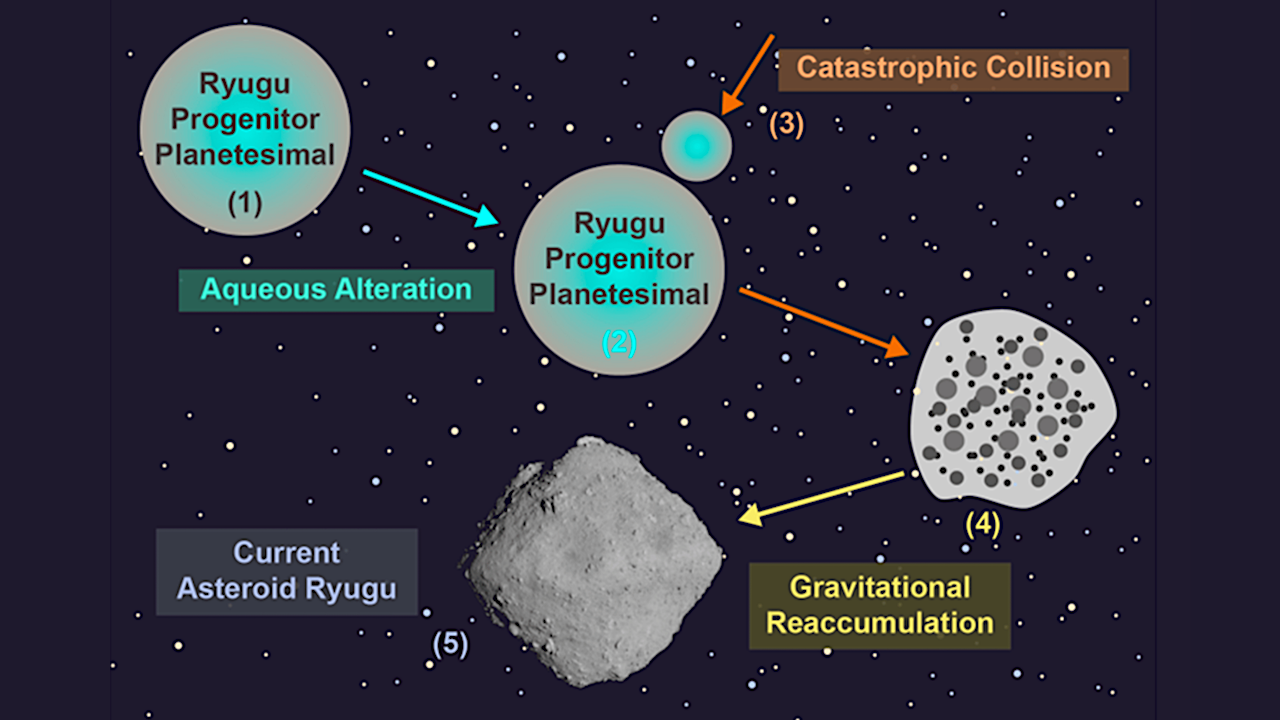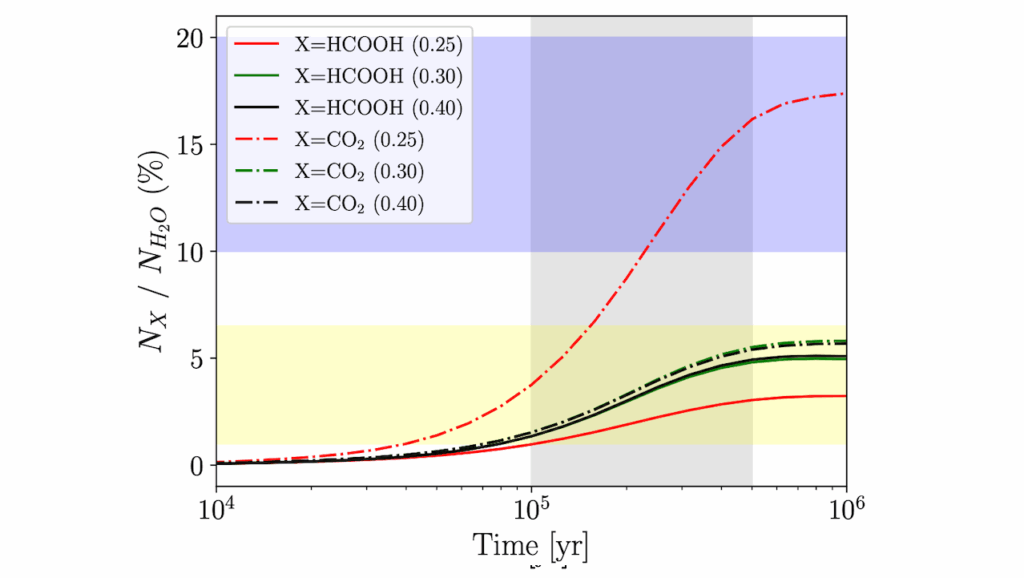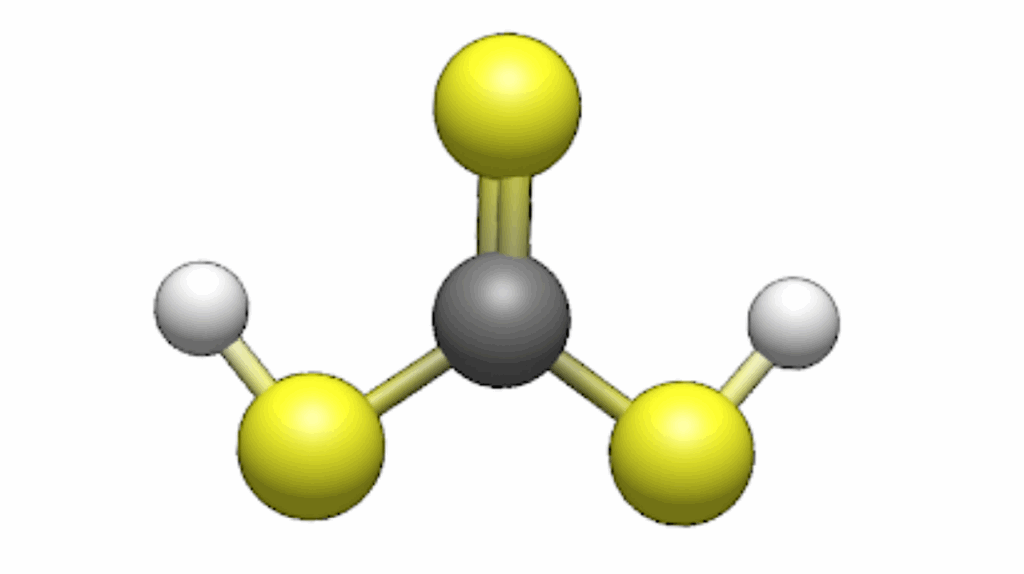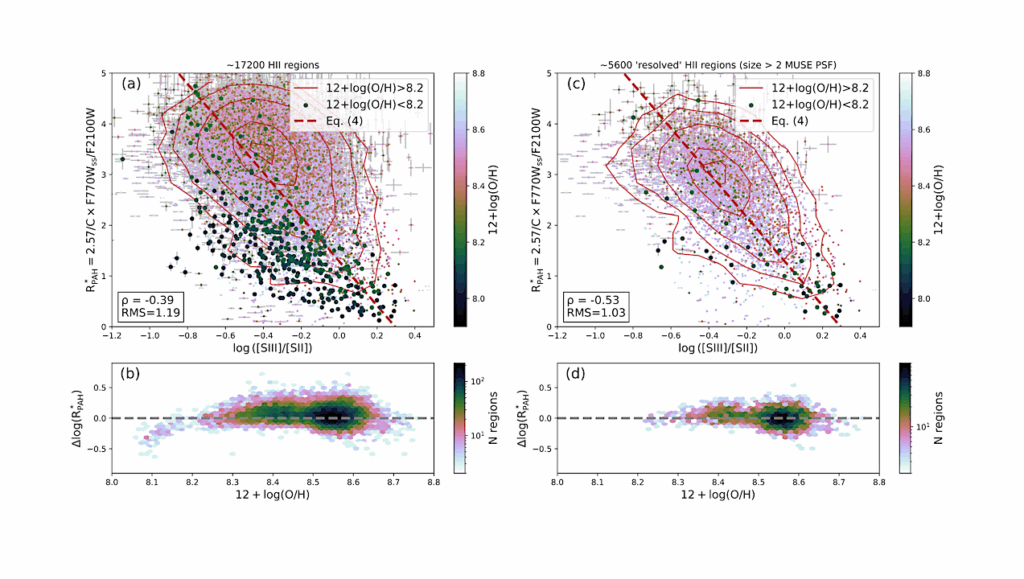Organic Matter In The Asteroid Ryugu: What We Know So Far

Simple Summary: Organic matter is an integral part of all living things on our planet, but abiotic (not relating to life) organic matter can be found throughout the Solar System within meteorites, asteroids, comets and even on the surfaces of other planets such as Mars.
Therefore, one of the most profound questions for humanity concerns how life originated on Earth. In order to answer this, we must first understand how organic matter is formed and altered throughout our solar system and the universe in general. To better understand the origin and evolution of organic matter, the Japan Aerospace Exploration Agency (JAXA) sent the Hayabusa2 spacecraft to collect and return material from the near-earth asteroid Ryugu.
Here, a review concerning the organic material within the returned Ryugu samples will be presented. The review will inform the reader about the Hayabusa2 mission, the nature of the organic matter analyzed and the various interpretations concerning the analytical findings. The review puts the findings and individual interpretations in the context of the current theories surrounding the formation and evolution of Ryugu and highlights the issues that remain to be solved.
Abstract: The Hayabusa2 mission was tasked with returning samples from the C-complex asteroid Ryugu (1999 JU3), in order to shed light on the formation, evolution and composition of such asteroids. One of the main science objectives was to understand whether such bodies could have supplied the organic matter required for the origin of life on Earth.
Here, a review of the studies concerning the organic matter within the Ryugu samples is presented. This review will inform the reader about the Hayabusa2 mission, the nature of the organic matter analyzed and the various interpretations concerning the analytical findings including those concerning the origin and evolution of organic matter from Ryugu.
Finally, the review puts the findings and individual interpretations in the context of the current theories surrounding the formation and evolution of Ryugu. Overall, the summary provided here will help to inform those operating in a wide range of interdisciplinary fields, including planetary science, astrobiology, the origin of life and astronomy, about the most recent developments concerning the organic matter in the Ryugu return samples and their relevance to understanding our solar system and beyond. The review also outlines the issues that still remain to be solved and highlights potential areas for future work.
Organic Matter in the Asteroid Ryugu: What We Know So Far, Life (open access)
Astrobiology








